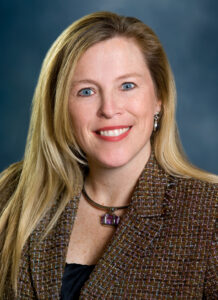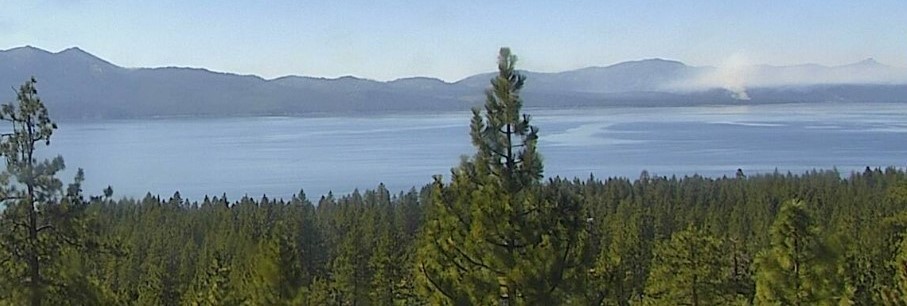 By Julie Regan
By Julie Regan
The selection of footwear by the front door says a lot about season change at Lake Tahoe. Ski boots, trail shoes, and flip flops may collide in the foyer as Tahoe reluctantly transitions to Spring. While snow piles are still clustered sporadically in the back yard, property owners have already started raking up their yards and clearing pine needles off roofs. As much as we’d like to linger here, it won’t be long before another wildfire season is upon us.
Lake Tahoe fire agencies have used the heavy winter to their advantage and have continued burning many of the piles made by hand crews in recent years. Forecasters are saying one overly abundant winter won’t be enough to raise the West out of the deepest drought in more than a millennium. Wildfire activity in California has increased nearly every year for more than a decade, with some of the most devastating fires taking place in just the last two years.
Still a vivid memory for many Lake Tahoe residents, the 221,000-acre Caldor Fire has become a testament to the bravery and skill of professional firefighters and the effectiveness of preparation. Under evacuation orders, my family and I watched frightfully as video feeds from the fire showed firefighters near our home in Christmas Valley racing from spot fire to spot fire, risking everything to protect our communities and our beloved lake.
With a shift in the weather and the incredible work of fire crews, incident commanders said forest fuel reduction projects and defensible space helped slow the blaze and gave firefighters the security they needed to stay aggressive on the fire. Although nearly 10,000 acres within the Tahoe Basin burned, not one home was lost. Having lived through the 2007 Angora Fire and now being one of the many Christmas Valley residents whose home was spared from the Caldor, I’ve gained a deep understanding of the supportive role the Tahoe Regional Planning Agency (TRPA) has in strengthening partnerships and bringing wildfire resources to the basin.
Following the Angora Fire, TRPA helped form the Tahoe Fire and Fuels Team (TFFT) to improve coordination, streamline permit processes, and adopt a multi-agency forest fuel reduction strategy. Since Angora, TFFT partners have treated more than 71,000 acres of forest and conducted 63,000 defensible space evaluations to help property owners reduce fire risk. And by advocating for additional funding, the partnership has secured more than $171 million over the last 12 years to support this work.
Public agencies are preparing for the next wildfire as a united front, but we cannot do this work alone. Property owners have a critical role in wildfire preparedness and there are many resources available to help. The number of fire-certified communities around the lake has grown by leaps and bounds. Led by the Tahoe Resource Conservation District, there are now 26 nationally recognized Firewise USA sites in the basin and the Tahoe Network of Fire Adapted Communities has grown to 65 neighborhoods. These community partnerships connect residents to fire protection districts and public agencies to help create defensible space and ember awareness, host workshops, and empower neighborhoods to prepare for wildfire.
The Firewise-designated Al Tahoe neighborhood in South Lake Tahoe was the focus of California Insurance Commissioner Ricardo Lara’s visit earlier this month. Commissioner Lara, State Sen. Marie Alvarado-Gil, and local leaders announced by the end of this year insurance companies in the state will give mandatory discounts to homeowners in Firewise communities. As climate change continues to increase risk in fire-prone areas like Lake Tahoe, it is critical that these partnerships are recognized by insurance companies and remain protected.
For its part, TRPA will continue ensuring land use policies and climate action strategies support fire adapted communities. The agency is also facilitating a regional discussion on evacuation planning and ensuring successes and lessons learned from the Caldor evacuation can improve coordination and preparedness.
If you’d like to discuss wildfire preparedness or other regional issues with me, we are hosting a series of morning coffee talks Thursday, May 25 at our office in Stateline, Nevada; and Thursday, June 22 at the Tahoe City Public Utility District office in Tahoe City, California. For details, future dates, and to register, please visit trpa.gov. As awe-inspiring as Lake Tahoe can be, our region is facing some big challenges. I want to hear from you and discuss how we can work together to protect this special place for generations to come.
Julie Regan is Executive Director of the Tahoe Regional Planning Agency.

